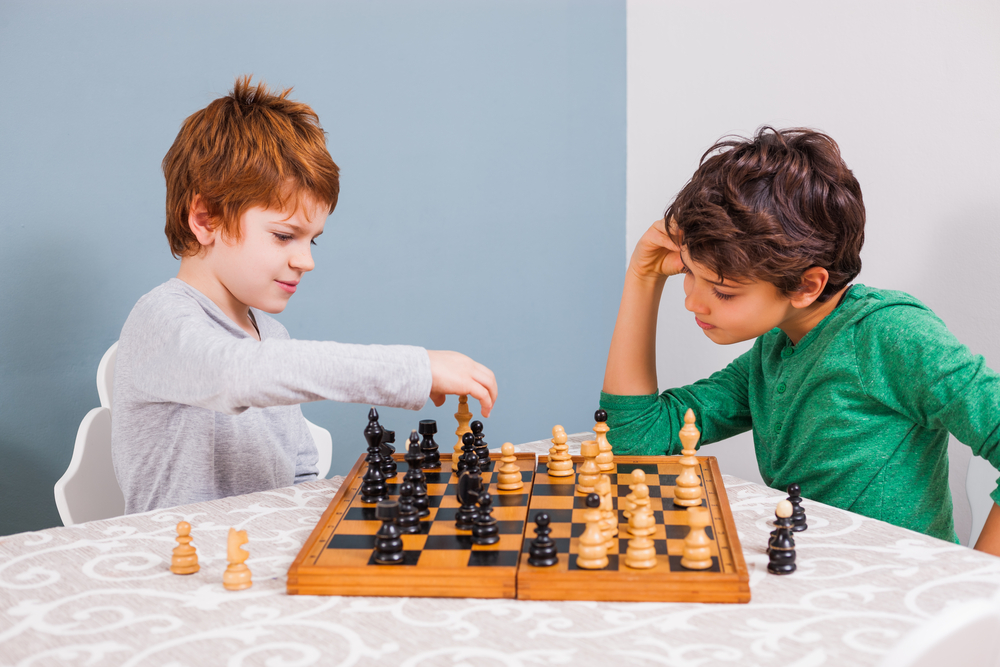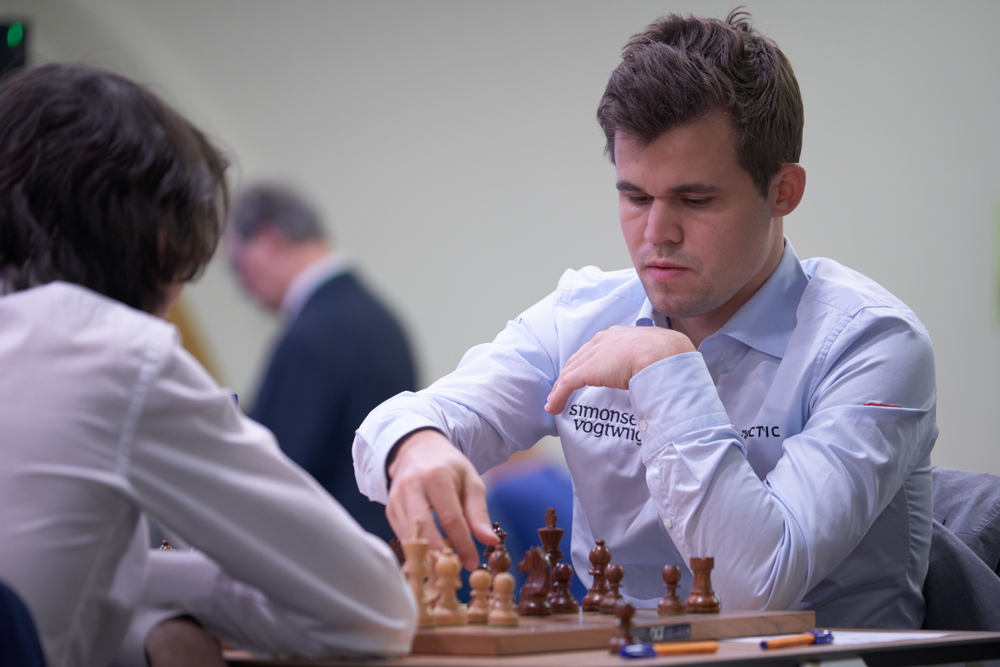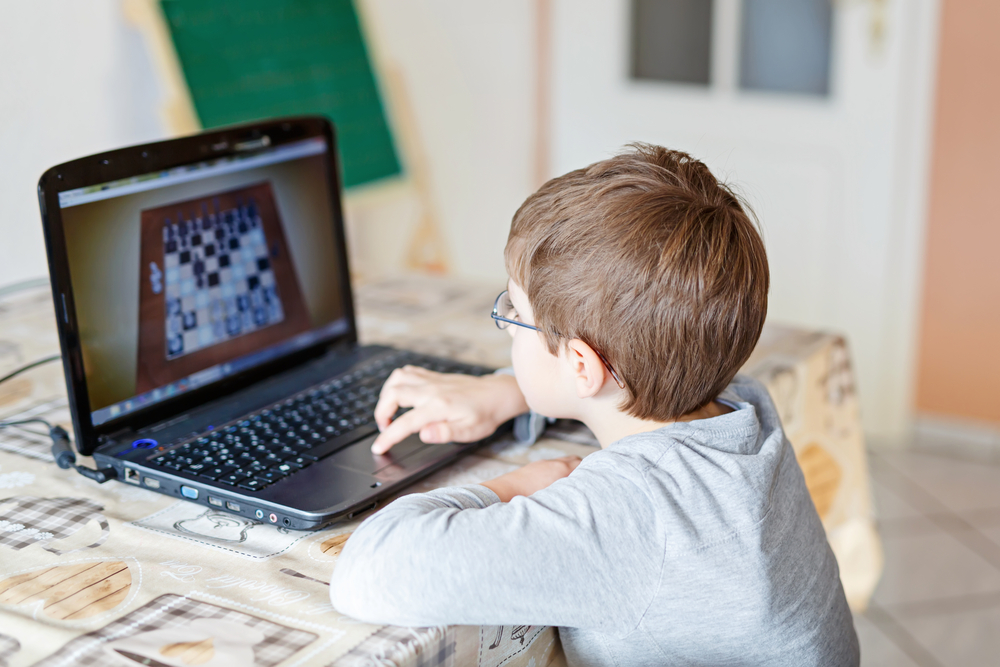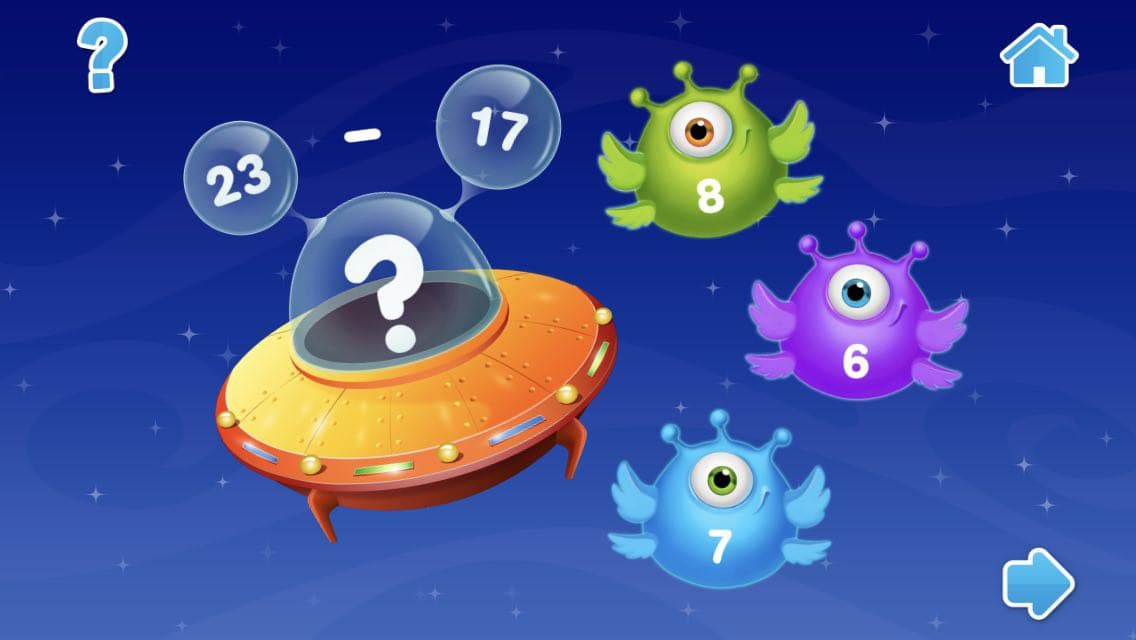Chess in the Digital Age
July 19, 2022
For a game to withstand the test of time and last throughout the ages for over 1500 years, you know it’s got to be one good game! The only modern-day game to persist and continue to spark the intrigue of players across the world is none other than the game of chess. Since around 600 A.D., chess has been played in various forms that have evolved as it made its migration from east to west.
Over the generations, chess players have sought tirelessly to challenge themselves and up their game. As a result, technology has played a major role in transforming the game and competitions into what it is today. From the 18th century invention of the Mechanical Turk, to the way today’s Grandmasters use software to study moves and sequences, there’s no doubt that chess has evolved over the years to fit right into today’s digital age.

If your little learner is learning how to play chess, keep him or her motivated by learning about the fascinating way technology plays a huge role in keeping chess current in modern society! Let’s go on a journey to discover how chess has been influenced by technology over the years before examining the role it serves in the lives and training of past and current Grandmasters.
How Chess Has Been Influenced by Technology
Since the beginning of chess, its players have been finding new ways to challenge themselves. The allure of playing—and winning—against a so-called “perfect” chess player has been sought after throughout the years, but especially so in the more recent past.
Just before the modern era of chess playing began, the Mechanical Turk was a major invention that intrigued the masses during the 18th century. As we mentioned in a previous article about the history of chess, the Mechanical Turk was a manmade machine that played chess and was almost impossible to beat. From 1770 throughout the early 1800’s, human players believed they were playing against a machine opponent that was exhibited and travelled throughout Europe and the Americas and challenged players that wanted to defeat it.
Find chess lessons, worksheets, videos, and more all included in our Talented and Gifted app! Subscribe today for an entire year of learning and chess playing!
Unbeknownst to players, the Mechanical Turk was operated by a human player, usually chess masters, who sat inside the machine and played against the opponent. Essentially, the machine was a major hoax, and while the secrets of the machine were well kept for a long time, it sparked the imaginations of everyone who viewed it, and resulted in publications surrounding the intrigue of how it worked.
After its demise, chess players have continued to strive to find a machine worthy of chess gameplay. In the 1980’s the advent of computer software made that dream come to life. Even more importantly, current-day chess technology is not a hoax like yesteryear’s Mechanical Turk!
Today, chess apps are available on computers and smartphones for the general public for entertainment purposes. Most importantly, technology is widely used in the game of chess to analyze players’ stats, and serves as a way to evaluate, compare, and rate every move. Grandmasters also use chess software to improve their own game, and some, like the current 5-time world chess Champion, Magnus Carlsen, uses technology to draw more people in to playing the game!
Man vs. Machine
1985 is the year that chess changed forever, and as a result, technology has in a way, brought about a new era of chess that inspired current Grandmasters. That year, chess legend Gary Kasparov challenged various computer opponents in a 32-game binge-playing tournament. Amazingly, Kasparov won all 32 games against the software competitors, but even Gary himself faced a challenge in one of the games, in which he gave credit to being able to “trick” the computer.
At the time, while the computer software available provided a formidable challenge, humans were still able to outplay their mechanical counterparts. Most players were convinced that a human’s intelligence and ability to think and reason was a major reason why computers could not defeat a human. However, time and a huge advancement in technology has since proven that theory wrong.

In 1996, an IBM supercomputer known as “Deep Blue” beat Gary Kasparov in game one of a six game match. Kasparov was able to either win or end in a draw for each of the subsequent matches, but Deep Blue’s one win marked the first time a computer was able to defeat a human player. The following year, Deep Blue won against Kasparov once again in a rematch, becoming the first computer to beat a standing world chess champion under standard chess tournament time rules. Following the big loss, Kasparov accused the machine and IBM of cheating, but the company denied the claims, and the machine was decommissioned. For the first time, it seemed, humans were no longer undefeatable in chess play.
Since the late 90’s computer processing power has skyrocketed, and even the measly apps we play on our tablets and phones can beat anyone below the level of chess master. Because chess software can evaluate millions of chess moves per second, they clearly have the one up on human brains. Because of this inequity, it seems that man and machine can no longer compete on even ground. As a result, Grandmasters no longer try to play chess software with the intent to defeat it. Instead, they use it improve their strategy and gameplay against live players!
World Chess Grandmasters: Past and Present
Because technology is continually improving, Grandmasters have had to come to terms with the idea that humans can no longer beat computers, but absolutely can use it to their advantage. This, in turn, has led to a whole new generation of chess players.
It wouldn’t be fair to say that computers have replaced chess coaches, but kids and teens now have the ability to learn how to play chess from their own home computers in the comfort of their pajamas. Kids, who are often known to be more adept at using technology than their elders, are able to master chess rules simply by experimenting with playing games or apps. As a result, a new generation of chess beginners translate to new Grandmasters who are younger than ever before!
Before computers, teenage Grandmasters were extremely rare. Previously, Bobby Fischer held the title as the world’s youngest Grandmaster at age fifteen in 1958. That title wasn’t broken until 1991 and has since been broken many times over. Today’s current title-holder of youngest Grandmaster is Russian chess player, Serjey Karjakin, who earned the title in 2002 when he was only twelve!

Not only has technology opened up the doors to chess to much younger players, but technology serves as a training tool that chess masters and Grandmasters use to improve their game. While preparing for tournaments, players can use computer software to plan their games and analyze potential moves their opponents might make—and how to respond once they do. In fact, Grandmasters often hire a team of people who analyze chess moves using computer programs to prepare for the next big competition.
In professional sports, take for instance, football, coaches meet with their teams ahead of time to analyze past games of their opponents, and plan special moves and plays to use against the team they’re playing. Chess computer software can also identify several special moves that have never been played in high-profile matches. Grandmasters employ their coaches and teams to use these programs to gain an advantage over their upcoming opponent in a match. Just like in football, Grandmasters can plan their moves and anticipate their opponent’s!
Technology to Inspire a New Generation of Chess Lovers
When you compare the popularity of chess now, especially in America, to that of the past, it’s obvious that interest in the world’s greatest game has waned. American media seasonalizes and celebrates professional sports, specifically football, basketball, and baseball. After all, back in November, one couldn’t simply turn on any national TV network in America to watch reigning chess champion Magnus Carlsen defeat his American opponent, Fabiano Caruana.

Thankfully, chess technology makes it possible to connect the game to new players. In an attempt to reach new players, Kids Academy created a chess course available in our Talented and Gifted app. In this course, players are able to learn the game, practice skills, play games, and practice chess key chess strategies. Players of all levels, from beginners to the more advanced are able to play together, while gaining chess proficieny.
Technology has changed the landscape of chess over the recent years, and even though we live in a digital age, chess is still just as relevant, and is a game worth learning. With such a fascinating history and background, your child will love learning how to play chess! Kids Academy offers chess tutorials and lessons on our YouTube channel and in our amazing Talented and Gifted app. Immerse your child in the intriguing world of chess, and maybe your child will one day become a Grandmaster too!











